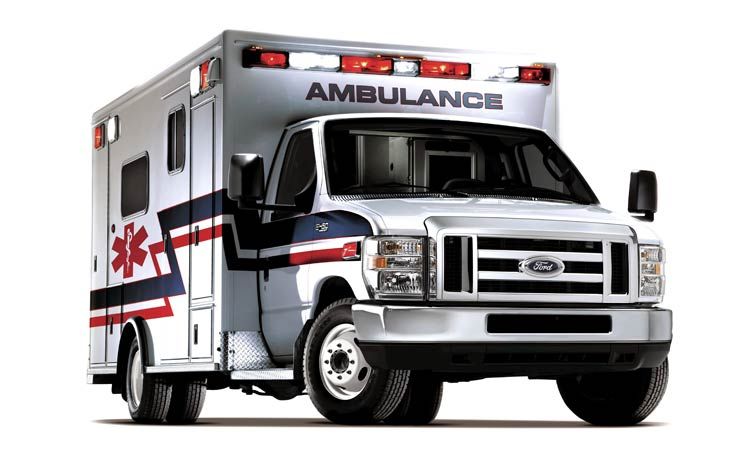How to tell if someone needs CPR
Knowing how to perform CPR is one thing. Doing it is quite another. One fear that many bystanders share is that of starting CPR on a person who does not actually require it. In most circumstances, the rescuer is not 100% sure that the victim is actually in cardiac arrest, due to the suddenness of the collapse, as well as signs and symptoms that go well beyond what they have experienced in their CPR training classes.
The good news is that it is vastly more desirable to begin the steps of CPR on a victim who does not actually need it, than to not start CPR on a victim who does. The rule is, when in doubt, always begin CPR.
The main step to take to assess the need for CPR is to check for response and for breathing.
A response check is simple – just tap firmly on the victim’s shoulders and speak to them in a loud voice. A conscious person will react in some way – attempting to move, blinking, or by changing facial expression (Note: if you do not feel comfortable getting close to a victim, try checking for response by tapping the soles of their shoes with your feet – it will often elicit a response. Infants are assessed in a similar manner, by tapping and/tickling the soles of the feet). If you not see a response, or if the response indicates any problems, notify 911 immediately.
After 911 has been notified, check for normal breathing. The American Heart Association defines evidence of normal breathing as a regular rise and fall of the chest. We perform this check for at least five seconds, but no longer than ten seconds. If normal breathing is not definitely evident after ten seconds, we begin CPR.
That said, what other signs and symptoms might we observe, beyond just the lack of normal breathing?
One observable sign is agonal breathing. Wikipedia defines it as:
Agonal respiration, gasping respiration or agonal breathing is an abnormal pattern of breathing and brainstem reflex characterized by gasping, labored breathing, accompanied by strange vocalizations and myoclonus
Myoclonus is a brief, involuntary twitching of a muscle or a group of muscles. It is not uncommon for bystanders (or even EMS personnel) to mistake myoclonus for a seizure (especially when severe convulsions are occurring) and thereby delay the start of CPR.
A 1991 study conducted in King County looked at the frequency of agonal breathing in calls made to the 911 dispatch center. It found that out of 445 instances of witnessed cardiac arrest, 55% presented agonal breathing. It can persist for several minutes after the circulation ceases. This should be considered a common occurrence, and recognition of agonal breaths should be emphasized in training.
Changes in skin color is another possible sign. The skin may be ashen, pale, or bluish (referred to as “cyanosis”). Sometimes these color changes can be quite pronounced, sometimes very subtle. While lack of normal breathing is the primary indicator of cardiac arrest, skin color changes can be used as a secondary confirmation. These color changes can be central (the core, lips, and tongue) or peripheral (fingers or extremities).
There may also be fluids coming out of the victim’s mouth, like saliva, vomit, or blood. Incontinence (loss of bladder and bowel control) may occur. These may cause distress and confusion on the part of the rescuer, thereby delaying CPR.
For an insight into what giving CPR is actually like, see the previous blog post, What is it like to give someone CPR?
The main point is this: if the victim is not breathing normally, begin CPR. If you are not sure the victim needs CPR, begin CPR. Odds are, you will be correct. And that may just be enough to save someone’s life.
Enjoy our blog? follow us on Facebook.
Published on November 6, 2018
